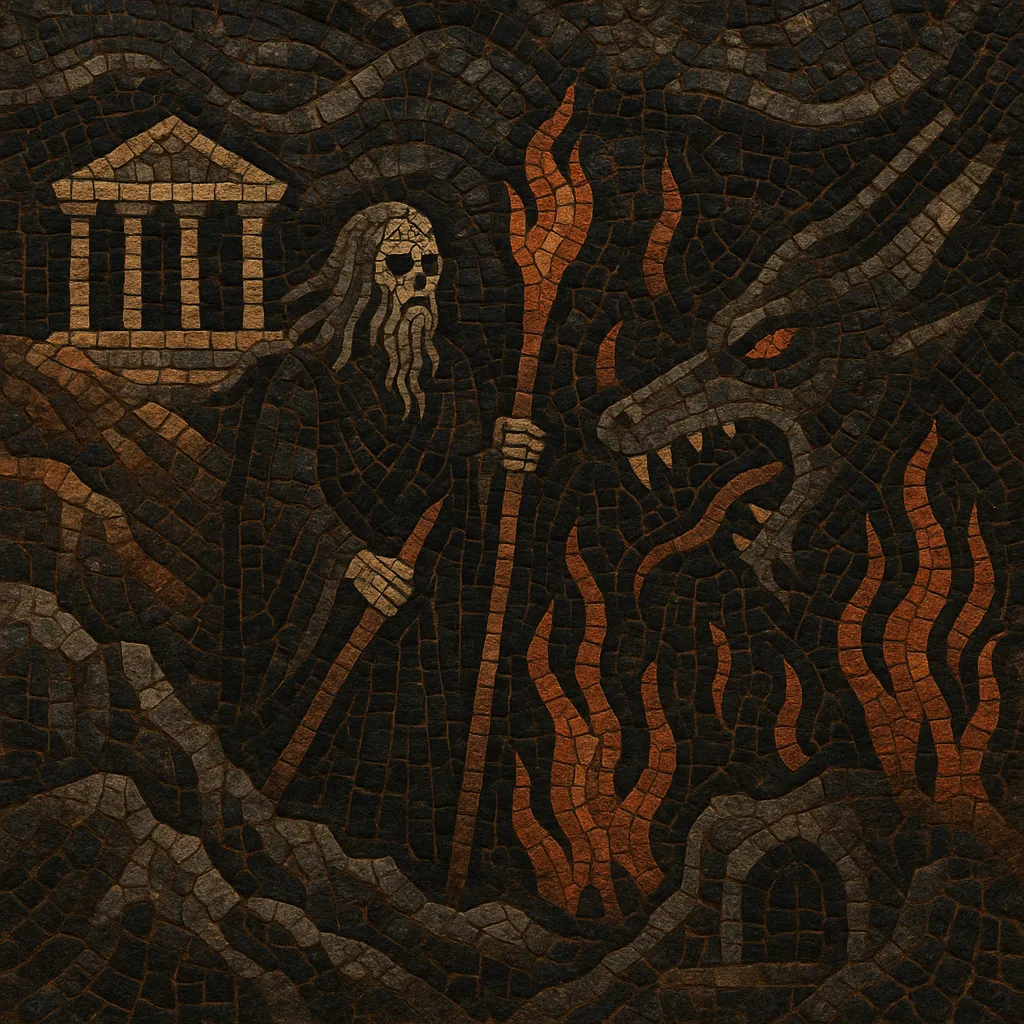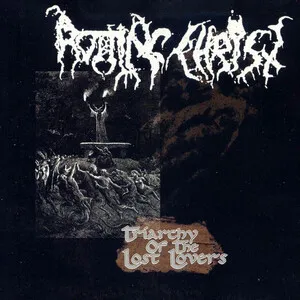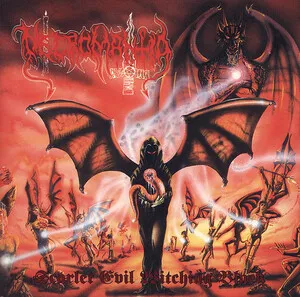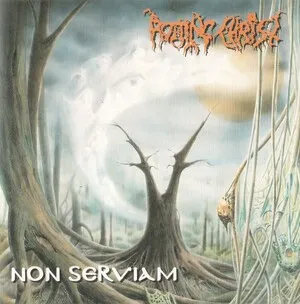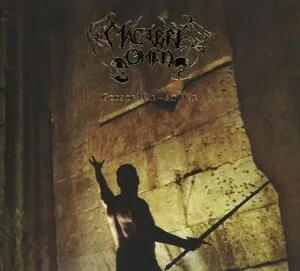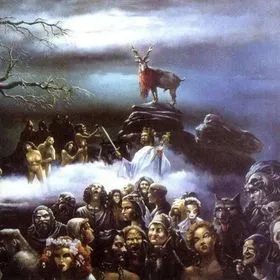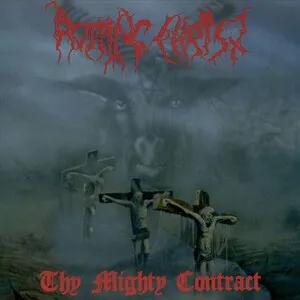Hellenic black metal is the distinct Greek strain of black metal known for its mid‑paced, melodic riffing, ritual atmospheres, and mythic/occult themes rooted in ancient Greek culture. Compared with the icier, blast‑beat‑driven Scandinavian sound, the Hellenic approach favors warm, clearly articulated guitars, audible bass lines, and chant‑like vocal cadences that feel ceremonial and epic.
Musically it leans on minor, harmonic‑minor, and Phrygian/Phrygian‑dominant motifs, creating a Mediterranean hue. Keyboards and choirs are used as textural accents rather than symphonic leads, while rhythms often march or canter instead of relentlessly blasting. Lyrically, bands invoke Hellenic mythology, chthonic rites, and occult philosophy, giving the style a distinctive identity within extreme metal.
Greek extreme metal bands began experimenting with black metal aesthetics at the turn of the 1990s, absorbing the darkness of first‑wave black metal and combining it with heavy, thrash, death, and doom metal foundations. Early demos and EPs by Rotting Christ, Varathron, and Necromantia showcased a warmer, mid‑tempo, riff‑centric approach, with occult and Hellenic mythological themes that set them apart from their Northern European peers.
The genre crystallized with landmark albums: Rotting Christ’s "Thy Mighty Contract" (1993), Varathron’s "His Majesty at the Swamp" (1993), and Necromantia’s "Crossing the Fiery Path" (1993) and "Scarlet Evil Witching Black" (1995). Thou Art Lord, Zemial, Kawir, and Agatus expanded the palette—Kawir in particular foregrounded pagan/Hellenic heritage—while Necromantia’s dual‑bass, no‑rhythm‑guitar configuration became iconic. International labels helped export the sound, establishing “Hellenic black metal” as a recognized school.
Bands evolved toward broader textures: Rotting Christ integrated ritual rhythms and chant‑like refrains; Kawir further embraced pagan folk elements; and newer acts (e.g., Macabre Omen) emphasized epic atmosphere without abandoning the core mid‑tempo, melodic backbone. The scene influenced strands of melodic, pagan, and symphonic black metal worldwide, while retaining its identity through tuneful riffs, ceremonial pacing, and mythic themes.
A sustained revival has highlighted both veteran and newer projects (e.g., Yoth Iria), reaffirming the style’s DNA: clear, muscular guitar tones, processional drumming, and Hellenic myth/occult lyricism. Tribute releases and reissues have brought classic recordings to new audiences, cementing the Hellenic style as a foundational black metal tradition distinct from the Scandinavian template.
Aim for a ritual, epic atmosphere built on mid‑tempo, melodic riffs. Favor clarity over raw abrasion: let guitars and bass be articulate and the drums ceremonial rather than constantly blasting.

